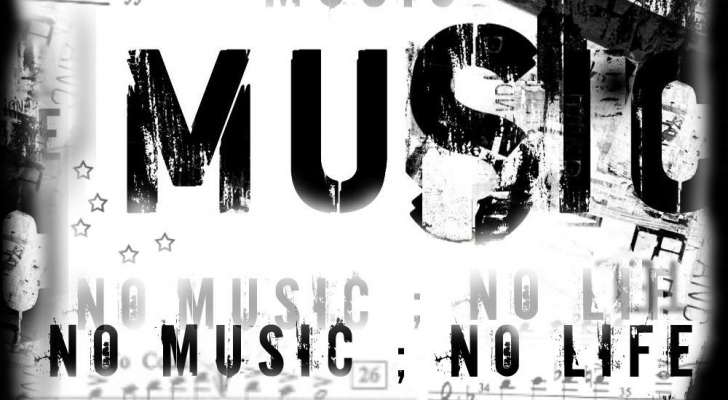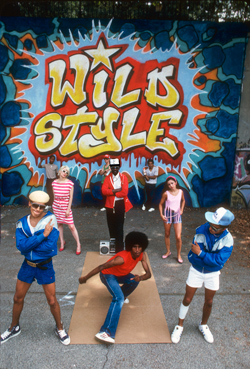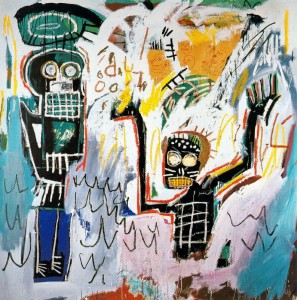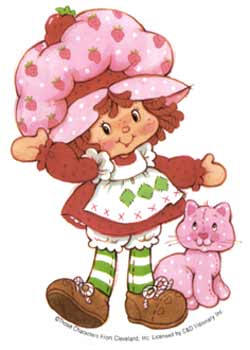Music- same stuff, different day and age.
Being a 90’s child, we grew up with Nickelodeon and Cartoon Network. We were the children of Barney, Winnie the Pooh and the Mickey Mouse crew. As we grew, so did all of our TV shows. One staple character that will forever stay with me, is Goofy’s son- Max. Max made his big debut with A Goofy Movie featuring him as a pre-teen in high school with an embarrassing dad and a crush on a beautiful girl. A story everyone would come to relate to in their own time. The music from the movie was not the main point, but it did however play a big supporting role in the trials and obstacles Max finds himself in througout the film. Powerline was the name of the biggest rockstar in the movie, anybody who was anybody knew him and loved all of his songs. Max was not the most popular kid in school, but after interrupting a school meeting ran by the principal, by blaring a Powerline hit and lipsyncing along- his life was transformed and he became the coolest kid on the block. What child didn’t want to be like Max Goof?
Max’s actions definitely had consequences- the principal claimed Max “dressed like a gang member and caused the entire student body to riot”; if Max’s father did not fix his son’s attitude, Max was going to end up in the electric chair. Thus, the rest of the movie takes it from there.
I chose to bring this movie up because in recent class discussions we have moved onto the topic of music- more specifically hip-hop. We touched a little on how music will influence youth, and this movie shows the perfect example of a kid who has iconized this particular musician, and uses it to impress his peers. While the song holds no bad words, it is still a presentation of a person being “cocky” and demanding attention from those around him so that he can get what and who he wants in life. With crazy cool dance moves and a beat that makes you want to dance along, it’s no wonder kids would have wanted to surround themselves with this type of music that creates a quiet confidence when you sing along. (Yes, I’m guilty of knowing every word!)
In the boat of hip-hop and gansta rap, much of the older generation blames hip-hop music for corrupting the youth. In George Lipsitz article “The Hip Hop Hearings” he mentions all the adults that were against the music because it would encourage disrespect towards the law and only encourage delinquent and criminal behavior. All that gangsta rap was truly doing was rebelling against law enforcement. NWA is the main group the hearings were against, but they were not the first to use music to create “rebelious behavior”. While the gangsta rap may have stirred up some change in the children with how they talked and dressed, when has there been a time in history when music didn’t? Young adults rebelling against the government goes as far back as 1969 with the Woodstock concert in New York. People only feared gangsta rap because they brought on a more explicit and violent tone to their rebellion.
Artists using music to influence adolscents has been a constant trend throughout American history. We can not forget about when Elvis Presley first became a big shot- he danced using his hips. Moves like his were never seen on television before, and he had to be censored from the waist down so that the youth would not be exposed to such scandalous behavior. Yet, he became an icon. Same story with Madonna and how she embraced women’s sexual freedom and sang and dressed in ways that mothers and fathers never wanted their daughters to. Yet again, she is an icon. NWA paved the road for later artists like Tupac and Notorious B.I.G. to be able to express their opinions about young kids that grow up in these low socioeconomic status neighborhoods and the discrimination they felt.
Music is always changing with every new generation that comes forth, however it’s effects on the listeners will always remain strong and constant. I feel that by adults always labeling certain types of music as the catalyst for madness and mayheim, they should reflect on the music they listened to and grew up with (Elvis, The Beatles, Marvin Gaye, Nirvana, etc…) and remember how looked down upon they were at one point.













